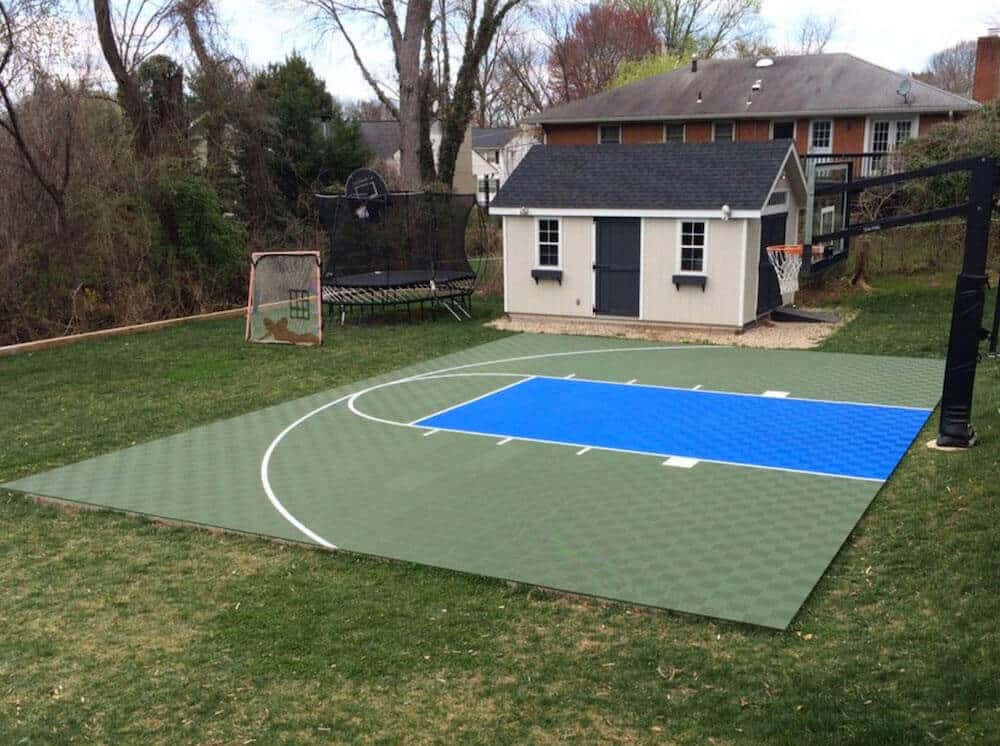Pickleball, a rapidly growing sport that combines elements of tennis, badminton, and table tennis, requires a specialized playing surface to ensure optimal performance and player satisfaction. The choice of Pickleball Court Surface | USAPA-Compliant Floor Solution is a critical decision that influences gameplay, safety, and overall enjoyment. In this comprehensive guide, we will delve into the factors to consider when selecting the perfect pickleball court surface.
Outdoor vs. Indoor Surfaces
The first consideration when selecting a pickleball court surface is whether it will be installed outdoors or indoors. Outdoor surfaces need to withstand various weather conditions, UV exposure, and temperature fluctuations. Indoor surfaces, on the other hand, focus on factors like shock absorption, ball bounce, and player comfort.
Asphalt
Texture: The texture of asphalt provides good grip and traction, preventing slips and falls during gameplay.
Maintenance: While asphalt is low maintenance, regular inspections are necessary to address any cracks or surface irregularities.
Concrete
Stability: Concrete offers a stable playing surface, making it a common choice for both outdoor and indoor pickleball courts.
Installation Cost: While initial installation costs may be higher, concrete courts are cost-effective in the long run due to their longevity.
Customization: Concrete courts can be customized with various colors and markings to enhance aesthetics and visibility.
All-Weather Surfaces
Versatility. Some modern pickleball courts use all-weather surfaces, such as acrylic or polypropylene. These materials are resistant to UV rays and can withstand diverse weather conditions, making them suitable for both indoor and outdoor use.
Consistency. All-weather surfaces provide consistent ball bounce and playing conditions, contributing to a better gaming experience.
Wood
Tradition and Aesthetics: Wood is a classic choice for indoor pickleball courts, offering a traditional and aesthetically pleasing look.
Shock Absorption: Wood provides natural shock absorption, reducing strain on players’ joints during prolonged play.
Maintenance: Regular refinishing may be required to maintain the court’s appearance and playing characteristics.
Cushioned Surfaces
Player Comfort: Cushioned surfaces, often made of rubber or foam, provide additional shock absorption, enhancing player comfort and reducing fatigue.
Impact on Joints: These surfaces are particularly beneficial for players with joint issues, as they minimize stress on the knees and ankles during play.
Installation: Professional installation is recommended for optimal performance, and regular maintenance is crucial to ensure continued cushioning.
Texture and Coating
The texture and coating of the pickleball court surface play a significant role in gameplay. Surfaces with the right amount of texture ensure proper ball bounce and player traction. Additionally, coatings like acrylic or polyurethane can enhance the durability and lifespan of the court.
Budget Considerations
While considering the ideal pickleball court surface, it’s essential to factor in the budget. Different materials come with varying installation and maintenance costs. Evaluating the long-term benefits against the initial investment helps in making a cost-effective decision that aligns with your financial plan.
Conclusion
Selecting the right pickleball court surface is a crucial step in creating an enjoyable and safe playing environment. Whether you opt for the durability of asphalt, the tradition of wood, or the versatility of all-weather surfaces, each material brings its unique advantages. Carefully considering factors like location, player preferences, and budget will guide you toward choosing the perfect pickleball court surface for countless hours of spirited gameplay and enjoyment.
